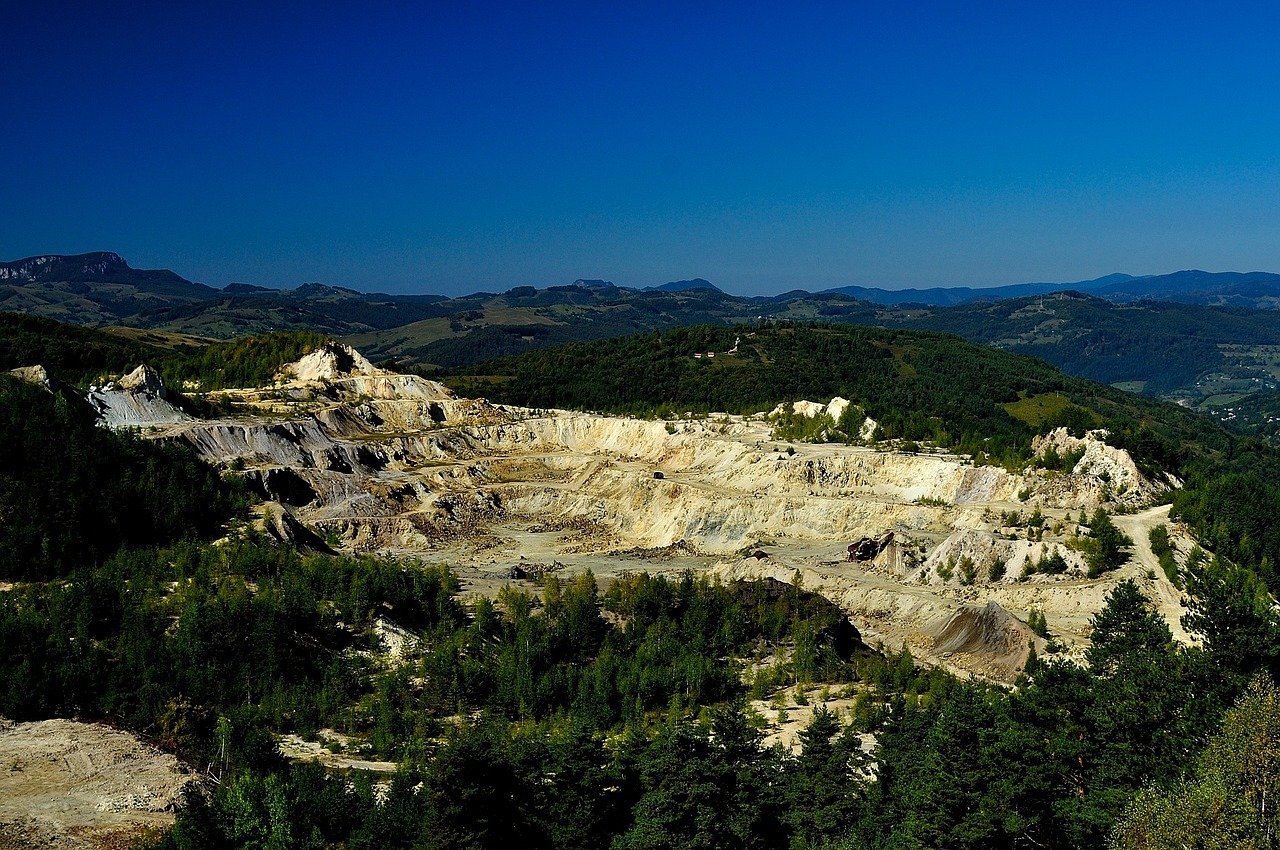Table of Contents
A recent comprehensive study has shed light on the far-reaching consequences of metal mining contamination on floodplains across the globe. The research examined the scope of contamination, its profound human impact, and the growing concern for global demand and sustainability in the face of the green energy transition.
Scope of Metal Mining Contamination
The study left no stone unturned, considering contamination from both active and inactive metal mining sites, including tailings storage facilities. These sites are notorious for their potential to release harmful contaminants into the environment, including lead, zinc, copper, and arsenic.
These toxic substances can be transported downstream from mining operations and deposited along river channels and floodplains.
The shocking revelation is that contamination affects approximately 479,200 kilometers of river channels and covers a vast expanse of 164,000 square kilometers of floodplains worldwide. This extensive contamination poses a significant threat to both the environment and human populations residing in these areas.
Human Impact
The consequences of metal mining contamination on floodplains are staggering. Roughly 23.48 million people call these affected floodplains their home. These areas also support a staggering 5.72 million livestock and encompass over 65,000 square kilometers of irrigated land.
The livelihoods of countless communities are entwined with these contaminated landscapes.
The pathways for human exposure to these contaminants are numerous, including direct contact, ingestion, inhalation, and consumption of contaminated water and food. The health hazards are particularly concerning in low-income countries and regions already grappling with water-related diseases.
The burden on public health in these areas is a pressing issue that cannot be ignored.
Global Demand and Sustainability
The study’s findings come at a pivotal moment when the world is experiencing an increasing demand for metals and minerals, driven largely by the global transition to green energy solutions. As the demand for metals soars, it raises questions about the environmental sustainability of mining practices.
While a significant portion of the contamination can be traced back to the industrial era, there is a growing emphasis on environmental sustainability in modern mining. Companies are under increasing pressure to adopt responsible mining practices that minimize contamination and mitigate its effects on floodplains and surrounding communities.
Towards a Sustainable Future
The revelations from this study underscore the urgent need for a coordinated global effort to address the multifaceted challenges posed by metal mining contamination on floodplains.
- Technological Advancements: Embracing advanced technologies can help in reducing the environmental footprint of mining operations. Innovative approaches in waste management and treatment of contaminants are key steps towards mitigating the impacts.
- Regulatory Frameworks: Governments and international organizations must collaborate to establish robust regulatory frameworks that hold mining companies accountable for their environmental practices. Stringent regulations can help prevent contamination and enforce responsible mining.
- Community Engagement: It is imperative that affected communities are actively involved in decision-making processes related to mining activities. Their local knowledge and concerns should be taken into account to ensure sustainable outcomes.
- Green Mining Practices: The mining industry must increasingly adopt sustainable and eco-friendly mining practices. This includes responsible disposal of tailings, utilization of green technologies, and efforts to rehabilitate contaminated sites.
- Research and Innovation: Continued research into cleaner and more efficient mining methods, as well as remediation techniques for contaminated areas, is essential for the long-term sustainability of the industry.
In conclusion, the study’s findings serve as a stark reminder of the environmental and human toll of metal mining contamination on floodplains. While the challenges are significant, there is hope in the growing awareness of sustainability and the determination to find solutions that protect both our planet and its inhabitants as we navigate the evolving landscape of global mining practices.
The path forward requires concerted efforts from governments, industry stakeholders, and communities to ensure a sustainable and prosperous future for all.
Read about the current affairs from here
